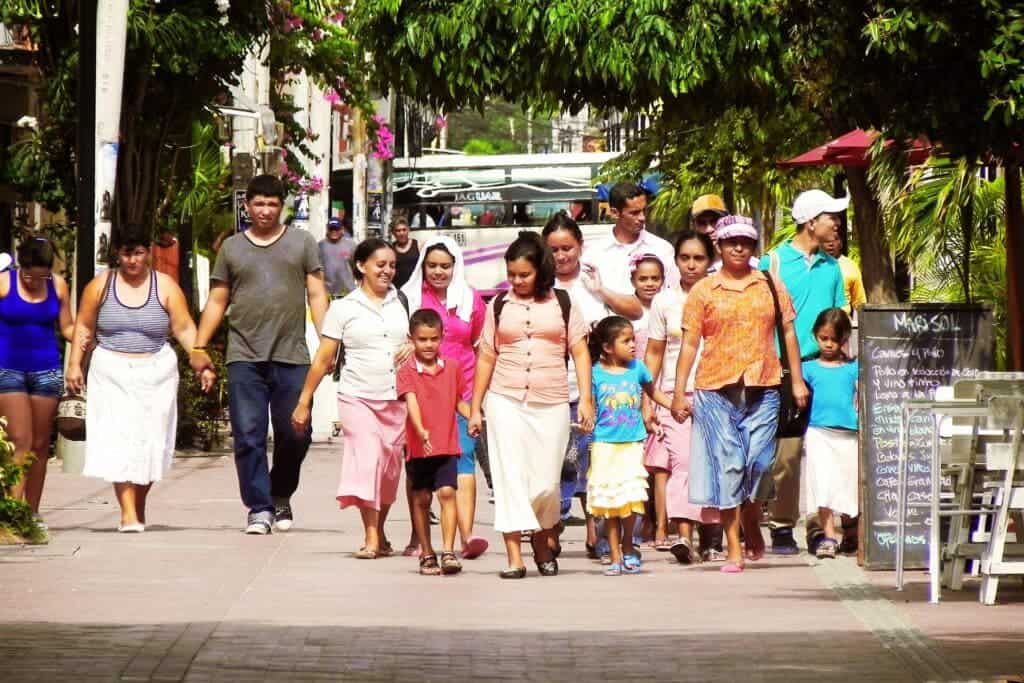As well as demanding a lot from the country’s health system, the coronavirus pandemic is taking a toll on workers across the United States. The lockdown in many states has led to massive business closures and a spike in jobless claims, which hit 6.6 million last week.

This is particularly concerning for Latino and Asian American populations, which are more vulnerable to the economic uncertainties brought by the COVID-19 outbreak, according to a new report, which looked at Latino and Asian neighborhoods in Los Angeles County.
“Entire communities are in a precarious financial situation, weakening the economic base in areas that already have a history of underinvestment and limited opportunities,” said Paul Ong, lead author and director of the and Center for Neighborhood Knowledge (CNK).
Los Angeles has taken dramatic action to limit person-to-person interactions by restricting group gatherings, encouraging “social distancing,” and ordering “sheltering in place.” Declining consumer demand and new temporary mandates have led to massive business closures, putting workers at risk.
According to the report, Asian and Latino neighborhoods are particularly vulnerable during this pandemic given their outsized share of the County’s retail and service sector workers. From this perspective, 57% of the Latino-majority neighborhoods and 40% of Asian-majority neighborhoods are at high-risk.
The report also found that neighborhoods with the highest rate of low-income individuals are also home to the County’s greatest share of at-risk service and retail workers (34%). This is in line with the finding that the wages of workers in these clusters are less than half of those in other sectors.
Communities that will see the greatest impacts include neighborhoods in northeast Los Angeles, South Los Angeles, the San Gabriel Valley, Inglewood, and the northeast San Fernando Valley, the report found. The affected neighborhoods also have a high concentration of foreign-born residents.
“The economic crisis resulting from the COVID-19 pandemic places an enormous strain on families and communities that are already in a precarious financial situation, and greatly weakens the economic base in many neighborhoods that historically suffer from under investment,” the report reads
A disproportionate number of the at-risk workers are likely excluded from the federal COVID-19 economic stimulus package, the report argued, given the low levels of unemployment insurance enrollment and the high number of foreign-born workers who may not possess a social security number.This means state and local officials should implement measures to support low-wage workers in Los Angeles County.
“Latinos and Asian Americans are critical to the continued success of Los Angeles County’s economy, and the impact that they will see in this crisis requires urgent action,” said Sonja Diaz, co-author of the report, in a statement.






